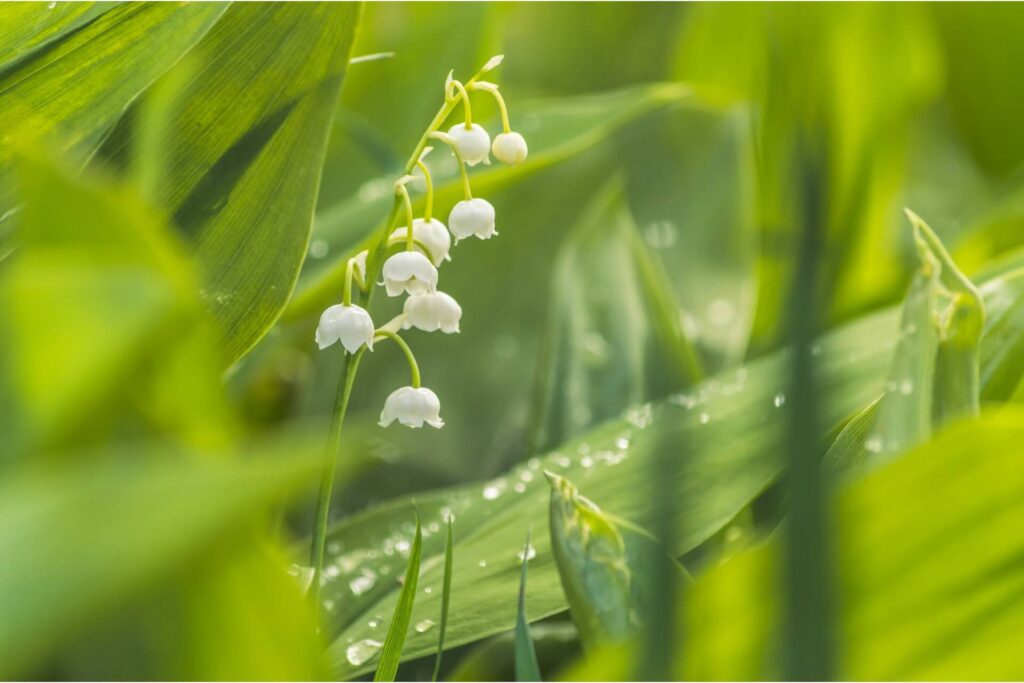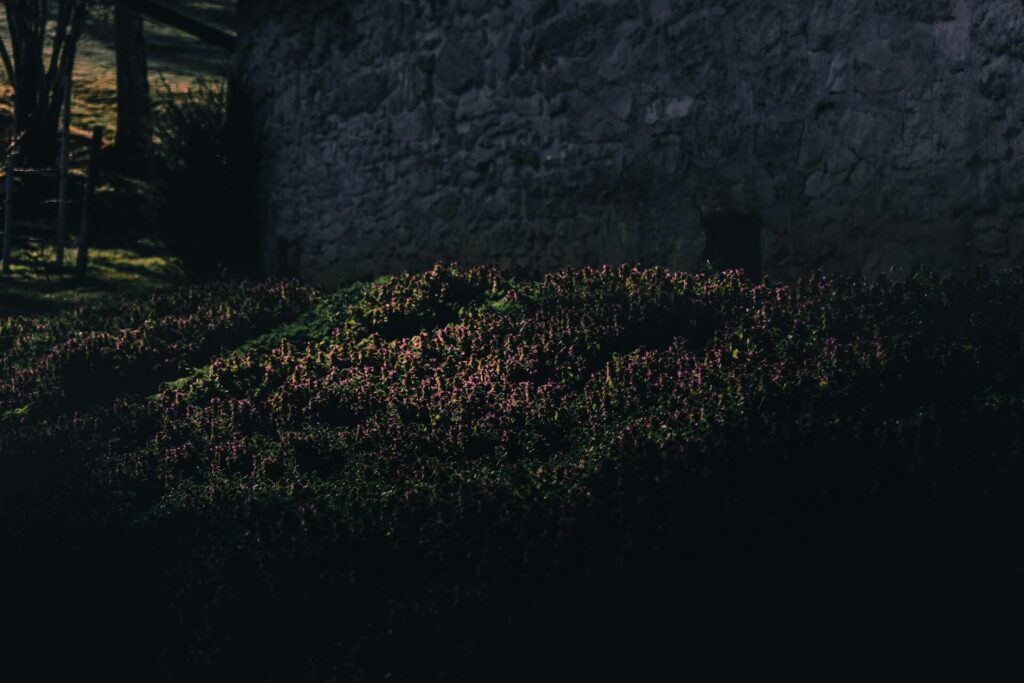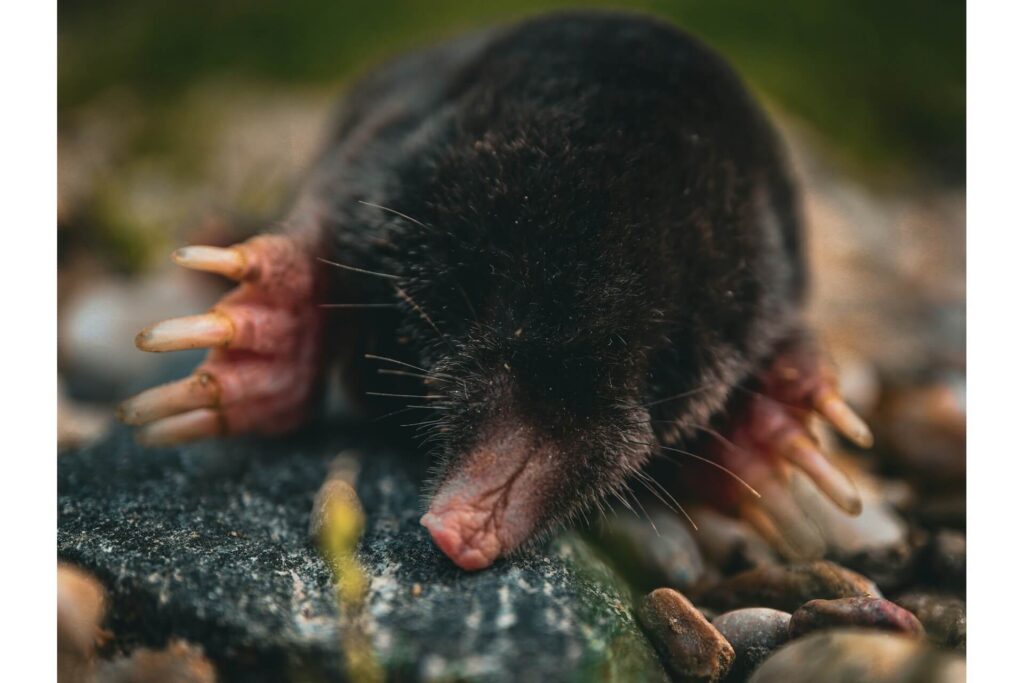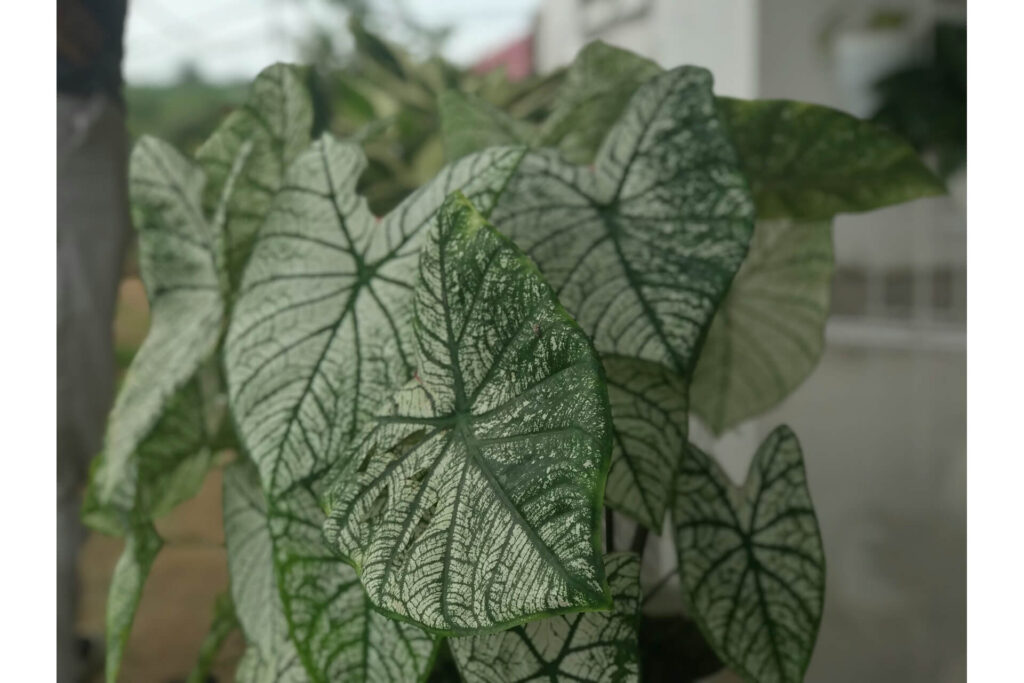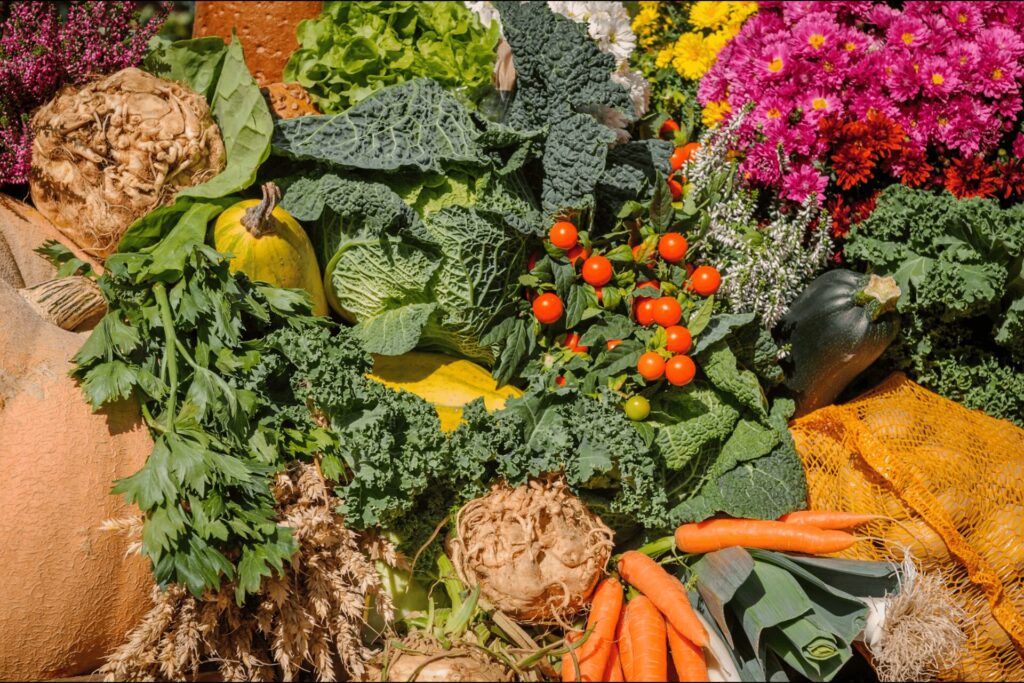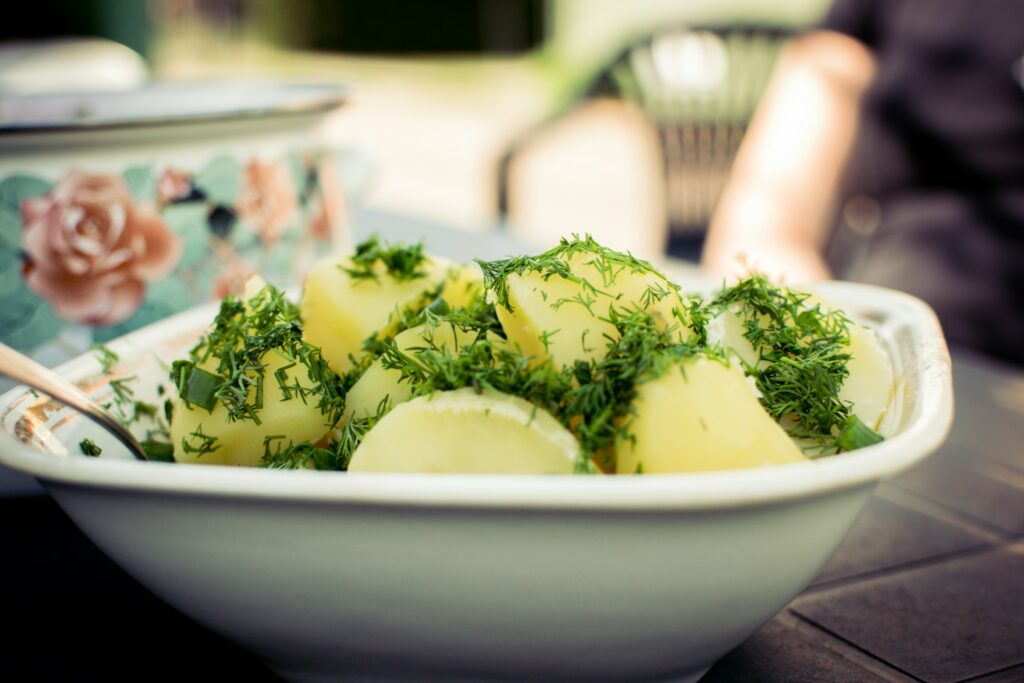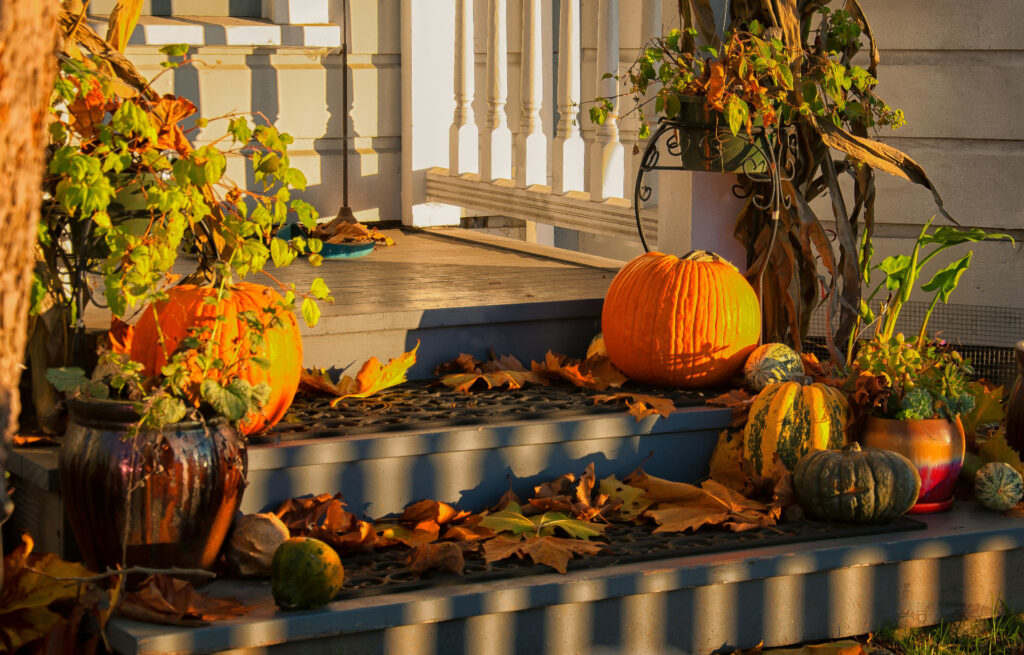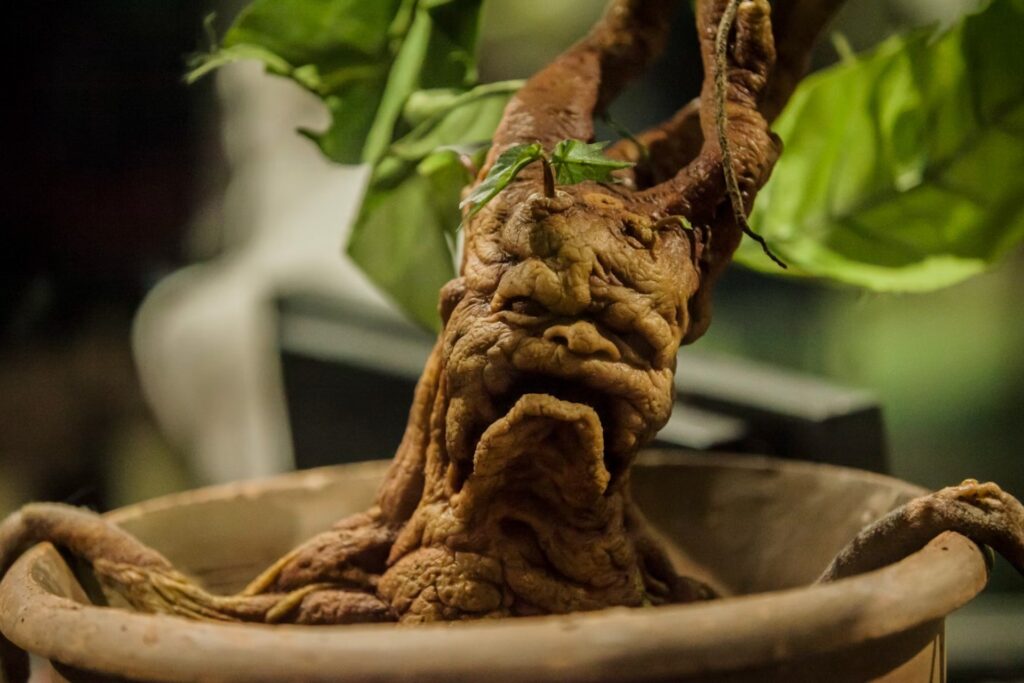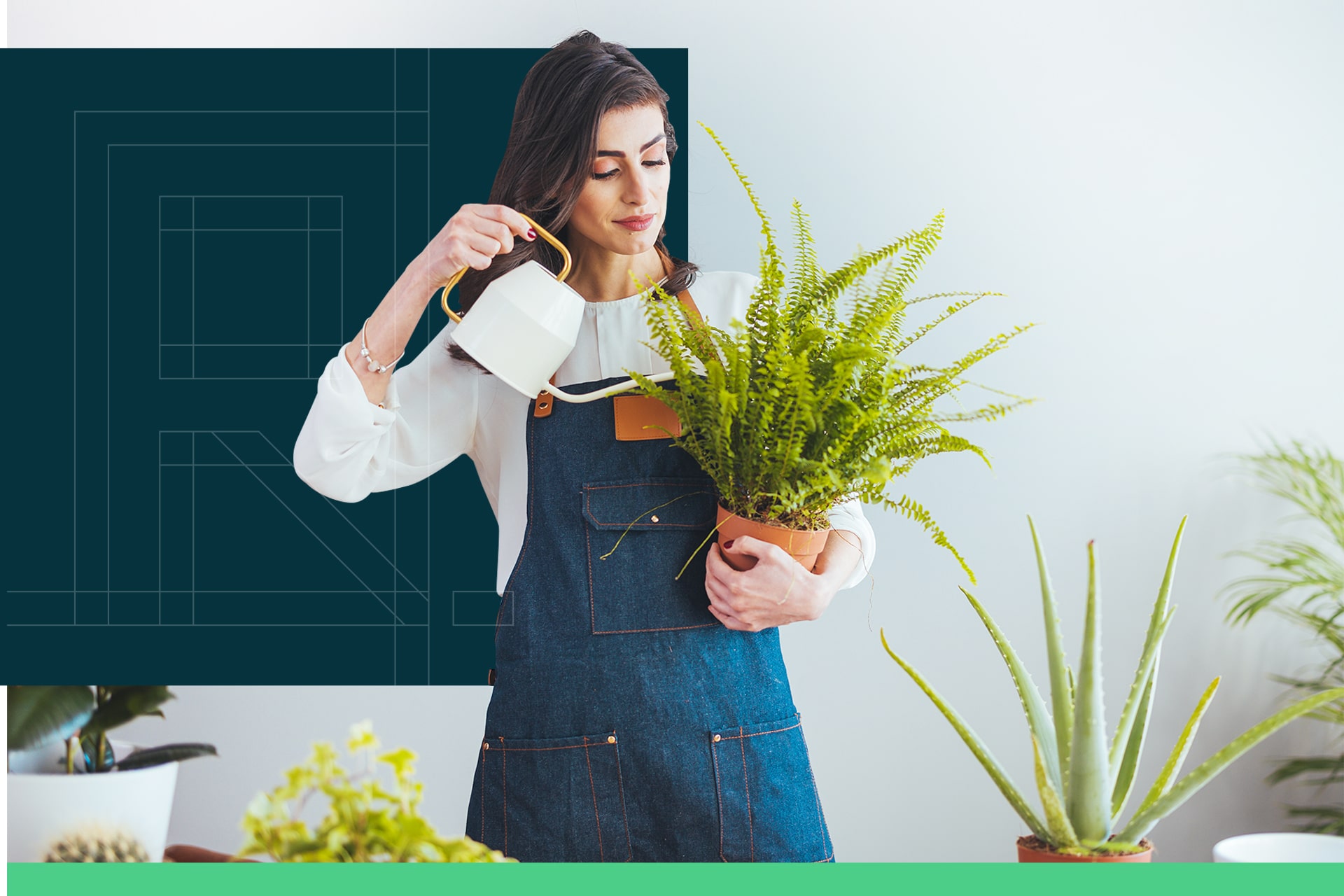
We are reader-supported. When you buy through links on our site, we may earn an affiliate commission.
If you live in an apartment, you don’t have to give up your green thumb. Instead, determine how to use the space to your advantage. From utilizing containers and walls to choosing the right plants, there are plenty of ways you can reap the benefits of gardening.
Remember Basic Needs
No matter where you decide to start your garden, all your plants require some basic things to survive, including:
- Soil: Research the plants you buy to determine if they need acidic or neutral soil.
- Water: Everything needs water to survive, but too little or too much can prove detrimental.
- Sunlight: Some plants need several hours of direct sunlight, while others are OK with indirect light.
- Fertilizer: Give your greenery a boost with a fertilizer specific for potted plants.
- Support: Some of your plants may need support in the form of stakes or string as they grow.
- Humidity: If you grow plants indoors, you may need to provide extra moisture by spraying leaves with a fine mist.
Consider Container Gardening
If you don’t have much space, consider container gardening. You can use large containers for outdoor decoration on your balcony or stairs. You can also arrange groups of smaller pots on terraces and around walkways.
While you can limit your containers to one species of plant, don’t be afraid to mix and match. The best combination of plants will depend on the flowers or foliage produced. An easy rule to follow is to fill a container with one focal-point plant, one that will spill over the edge, and options with smaller leaves and flowers to fill everything in.
Look Around Your Space
Are you ready to start apartment gardening? While space might be limited, you still have tons of options. If you want to keep everything inside, consider windowsills, balconies, hangings from the ceiling and sunny spots on the floor. Think about which rooms in your home get the most sun and start there.
Just because you live in an apartment doesn’t mean you have to keep your garden indoors. Try using plants to decorate walkways, such as staircases and sidewalks. For greenery that wilts in direct light, place containers in shady spots under trees and building eaves.
Try Vertical Planting
Vertical planting is any garden that grows upward. This technique is useful for apartment dwellers because you can utilize wall space instead of cluttering floors and shelves. To start this project, you’ll need to invest in structures that plants hang from.
Trellises, for example, are ideal for vines, flowers and vegetables. Modular systems, on the other hand, allow plants to grow inside the structures and offer more durability. Be sure to choose one made from metal or rigid plastic, both of which are waterproof and prevent wall damage.
Convert an Area
If you have a garage or attic in your apartment, why not convert the space into your own private garden? You won’t have to worry about moving around furniture and knick-knacks. Plus, you can use a mix of techniques, including container and vertical planting.
Be sure to map out your space and determine how many plants you can comfortably fit inside. You’ll also want to ensure the area is temperature-controlled, as many attics and garages get uncomfortably warm or cold as the seasons shift.
Choose the Right Plants
If you want to plant your garden indoors, choose plants that thrive in indirect sunlight, such as:
- Ivy
- Pothos
- Calathea
- Snake plant
- Maidenhair fern
- Bird of paradise
If you have a few sunny spots, try your hand at higher-maintenance plants. Some options that love light include cacti, African violets, garlic greens, moth orchids, false shamrock and lavender.
Research Common Problems
Whether you decide to start apartment gardening indoors or out, you’ll likely face a few common problems. Yellowing leaves, for instance, are a tell-tale sign that your plant is getting too much light. If possible, move it to a spot with more shade. If leaves are dropping, you may be over- or underwatering.
Do the leaves on your plants appear wilted or burnt? If so, they’re getting too hot — similar to how humans get sunburn. If the growth of the greenery is sparse, your plant is not getting enough sun and may need a brighter spot. Lopsided growth, on the other hand, can occur if you don’t rotate your plants to get equal light exposure on all sides.
Reap the Many Benefits
Despite a gorgeous space and delicious aromas, apartment gardening also comes with a variety of health benefits. According to one study, houseplants clean the air in your building, leading to better respiratory health.
In fact, greenery is effective at removing air toxins. The majority of these toxins are volatile organic compounds (VOCs), pollutants emitted from burning fossil fuels, cigarettes and common household cleaners. Research shows plants can also reduce stress, boost your mood, improve concentration and enhance productivity.
How to Start a Garden in Your Apartment
Apartment gardening isn’t an oxymoron — it’s a rewarding experience. Instead of decorating with artwork and knick-knacks, spruce up your space with some greenery. Plus, you don’t have to stay indoors. Add containers to stairs and walkways to create a beautiful living space.
